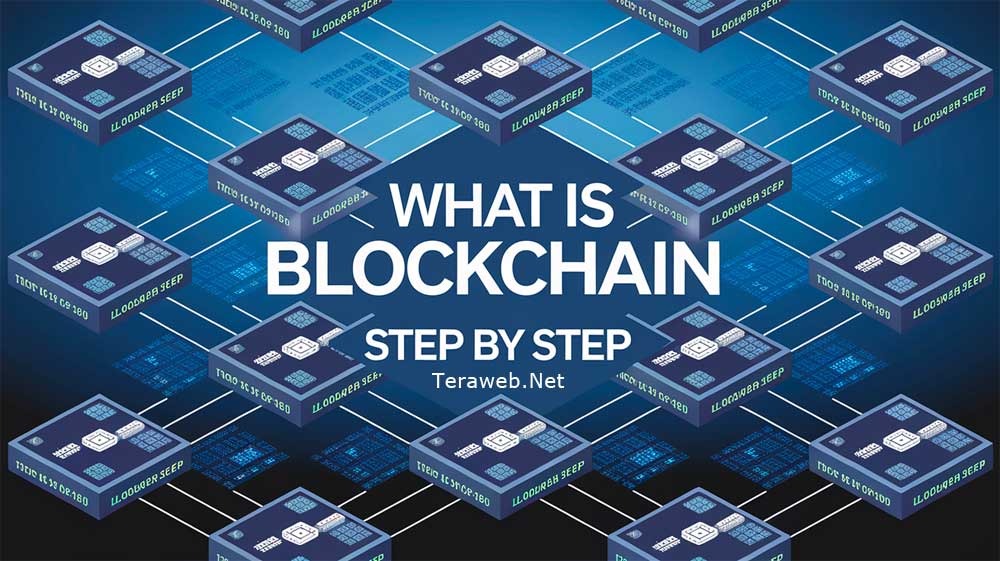Blockchain technology has emerged as a revolutionary concept in recent years, fundamentally changing how we think about data management and transactions. At its core, blockchain is a decentralized, distributed ledger that records transactions across multiple computers, ensuring security, transparency, and immutability.
What is Blockchain Technology Step by Step
This technology is not just a buzzword; it holds the potential to disrupt various industries, from finance to healthcare.
How Blockchain Works
Blockchain operates by storing data in blocks that are linked together in a chronological chain. Each block contains a set of data, and once a block is filled, it is linked to the previous block using cryptographic algorithms, forming an immutable chain. This process ensures that once a transaction is recorded, it cannot be altered or tampered with, providing a high level of security.
Key Features of Blockchain
Blockchain technology is characterized by several key features that make it attractive for various applications. These include decentralization, where no single entity has control over the entire network; immutability, which ensures that data, once recorded, cannot be changed; and consensus mechanisms that require agreement from all network participants before a transaction is validated.
Types of Blockchain Networks
There are several types of blockchain networks, each serving different purposes:
- Public blockchains, like Bitcoin, are open to anyone and are fully decentralized.
- Private blockchains are restricted and typically used by organizations for internal purposes.
- Hybrid and consortium blockchains combine elements of both public and private networks to offer flexibility and control.
Applications of Blockchain
Blockchain’s potential applications are vast and varied. In the financial sector, it can enable faster, more secure, and cost-effective cross-border transactions. In supply chain management, blockchain enhances transparency and traceability, ensuring the authenticity of products. Additionally, blockchain-based voting systems can improve the security and integrity of elections.
Challenges and Misconceptions
Despite its potential, blockchain technology faces several challenges, including scalability issues and high energy consumption. There are also common misconceptions, such as the belief that blockchain and Bitcoin are the same, when in fact, Bitcoin is just one application of blockchain technology .
The Future of Blockchain
As blockchain technology continues to mature, we can expect widespread adoption across various industries. Innovations like sharding and off-chain transactions are being developed to address current limitations. Moreover, blockchain is being integrated with other emerging technologies, such as artificial intelligence and the Internet of Things, to unlock new possibilities.
Conclusion
Understanding “What is Blockchain Technology Step by Step” is crucial for businesses and individuals looking to harness this transformative force that is reshaping the digital landscape. By delving into the workings, features, and applications of blockchain, stakeholders can unlock a wealth of opportunities for innovation and efficiency in their operations.

